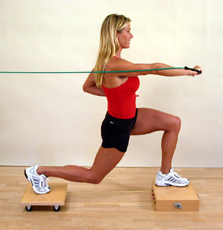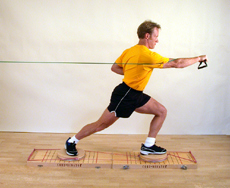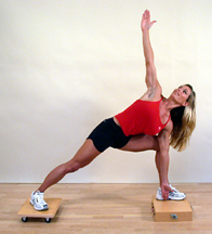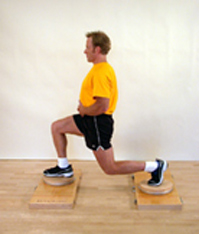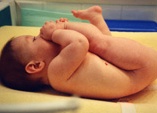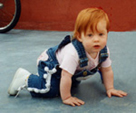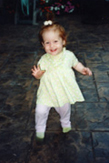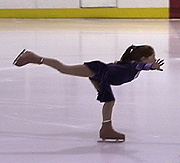

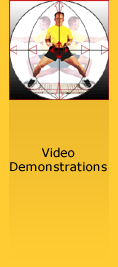
|
L.I.S.T. BALANCE SYSTEM - Philosophy As a fitness professional I have had the opportunity to use and evaluate a wide range of exercise equipment, training techniques and fitness programs. While many of them produce dramatic physical benefits, most fail to provide total mind-body fitness.
The L.I.S.T. Balance System represents the culmination of my work as an instructor, student and athletic competitor. By combining elements of yoga, Pilates and the fundamental principles of biomechanics with core stabilization and strength training, the L.I.S.T. Balance System is designed to integrate, synchronize and increase whole-body function while producing a vigorous mental attitude.
The integrating factor in the L.I.S.T. Balance System is, of course, balance. Unlike most traditional exercise equipment that emphasizes single-joint and single-plane actions, the creates a mind-body connection by forcing the athlete to maintain equilibrium while executing a full range of multi-planar exercises. These motions involve the smooth coordination of various muscle contractions and utilize numerous joints. The challenge of destabilization ensures that both mind and body are conditioned, in concert, to maximize neuromuscular control resulting in greater:
By incorporating the synergistic mental and physical requirements of balance, this program dramatically improves:
Developing a sound relationship between mind and body is essential for optimal fitness. As your training advances and you master the intellectual complexities and physical challenges of balance, you will feel the dramatic difference that a highly conditioned neuromuscular system gives you.
The Human Model - CRAWL,WALK, RUN, COMPETE The
ultimate training model is the natural developmental process
that prepares humans for hunting, gathering and competition
— survival! Born of time and repetition, as primitive
as the first of mankind, the natural development of a “normal
healthy child” is clearly worthy of consideration when
developing a systematic exercise program. A system that follows the basic principles of progression (i.e., static to dynamic, slow to fast, stable to unstable, simple to complex, isolation to integration, light to heavy, short to long and low to high) would do well to consider the only system of progression that has been perfected through the generations. For tens of thousands of year’s, imperfections, inconsistencies and deviations have been filtered out, leaving only the essentials. These essentials can be seen in the normal development of any child. From a baby’s first discovery of fingers and toes, to full interaction with the environment, it is plain to see the normal developmental process, from crawling to running, is consistent with the goals of a complete and comprehensive training system.
Understanding this point and studying multiple athletic forms and eastern disciplines, made observing my own children's development especially rewarding and certainly more aware of the age-old adage, “art imitates life.” The natural developmental process of a human child is replicated in many physical art forms and in some cases, I am sure, it is the foundation for the system. The similarities between practice (systematic, progressive exercise disciplines/systems) and perfection (evolution/ nature/creation) are consistent and universal.
Copyright 2004 Karl List, All Rights Reserved
|
